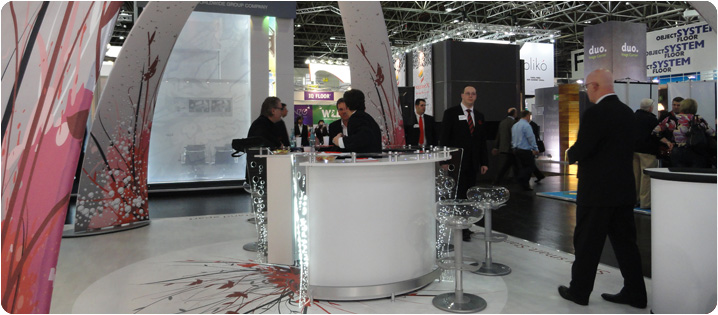Selecting the right trade show to attend can make a big difference to your success level, qualified leads and sales—versus spending money, time and energy with no return.
The first questions you should be asking are "who do you want to reach at the show?" and "what do you want to have happen?"
There are two groups of shows you should be evaluating: the shows you are presently attending, and the shows you want to consider for future participation. Who is your target market and which shows do they attend?
Selecting the right shows means matching your show exhibiting objectives with the right target audiences, the right timing to meet buyers’ purchasing patterns and the ability to show and demonstrate your products/services.
When evaluating a show’s potential, gather as much information as possible—show statistics/demographics and review lists of previous participants. Verify information provided by show management. Speak to past exhibitors and attendees.
Whenever possible, personally visit the show prior to exhibiting to assess its value. Evaluate the supporting events and/or educational seminars around the show.
When evaluating a show's potential, take geographical location into consideration. Usually 40-60% of attendees come from a 200-mile radius of the show location. Consider your distribution area and target audience.
What other events are scheduled for the same time as the show and will they impact attendance?
What other marketing possibilities could the show offer? Are there opportunities for sponsorship, showcasing new offerings or participation in the educational seminars?
Be cautious about participating in a first time show. Promotional material may be extremely persuasive, but a show without prior history is a risky venture.
Every trade show is unique and there are many variables affecting direction, volume and quality of traffic past your display. Be familiar with the floor plan and how your trade show booth fits. Consider how close you want to be to the main attractions, industry leaders, competitors, restrooms, food stations, entrances, exits, escalators/elevators/lifts, windows or seminar sites. Avoid obstructing columns, low ceilings, dead-end aisles, loading docks and freight doors, dark/poorly lit spaces, ceiling water pipes, late set-up areas or "black spots" on the floor plan.

